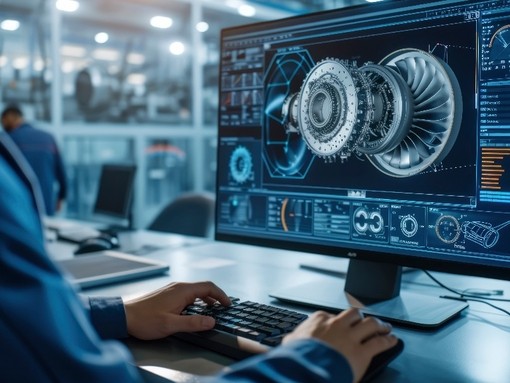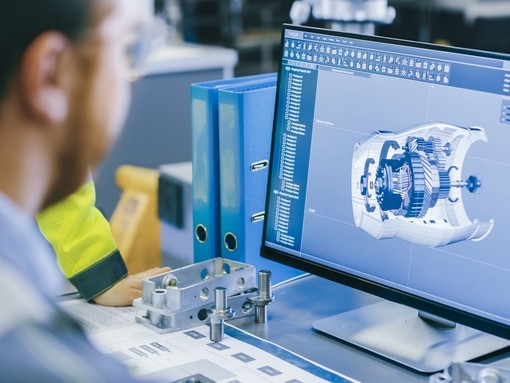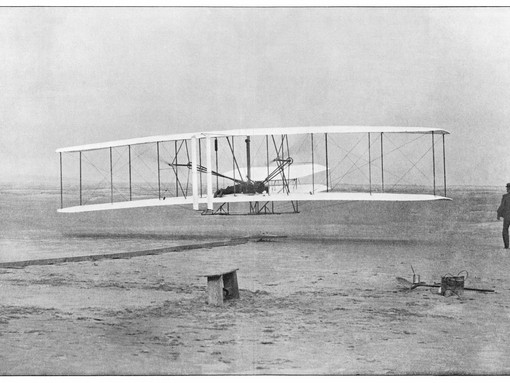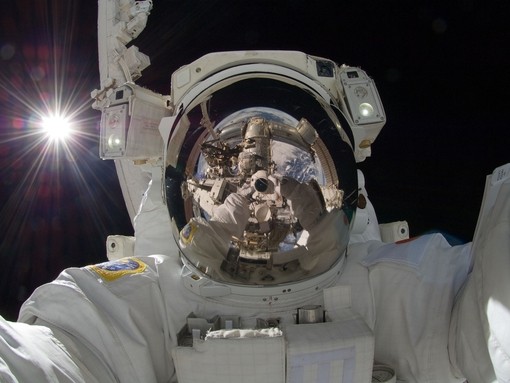
Team Tempest: Cutting-Edge AI and Cockpit Technologies Trialled
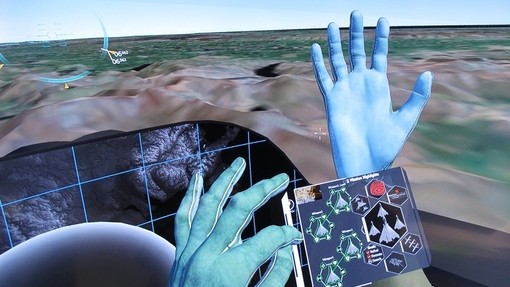
Earlier in 2020, a number of the UK’s leading aerospace and defence companies joined forces to great the next generation of high-tech combat aircraft.The consortium has now revealed some revolutionary concepts that aim to make the aircraft the most cutting-edge in the world.
A ‘wearable’ cockpit will be among the revolutionary concepts that have been pre-viewed. The concept sees the physical controls of current cockpits replaced with augmented and virtual reality displays inside the visor of the helmet, which would be fully customisable.
A multi-modal cockpit providing a number of different ways the aircrew can interact with the system, be it voice, gesture, eye tracking, digital controls or via traditional HOTAS (Hands-On Throttle and Stick) controls would be required.
The concept of AI providing a ‘virtual co-pilot’ that would alleviate some of the human pilot’s responsibilities is also being considered. The virtual co-pilot could potentially take the form of an avatar.
The virtual co-pilot would start to determine when the human pilot/operator becomes overloaded and when the aircraft can take some of that workload to allow the human to concentrate core tasks.
Suzy Broadbent, Human Factors Manager at BAE Systems Air, said:
“Sat behind the cockpit human-machine interface is a host of support technologies which are increasingly focussed on the role of autonomy and Artificial Intelligence – teaming humans with machines to make the pilot or operator’s job easier and helping them make critical split-second decisions. Some of our work within that is focussed on how that virtual assistant will work – is it an avatar in the cockpit with the pilot? Is it a social-media type feed which presents relevant information? How do you make the communication between operator and virtual assistant as smooth as current communications between pilot and navigator for example? How do you build that trust?”
The core members of the consortium to build and design the Tempest aircraft are formed of BAE Systems, MBDA, Leonardo, Rolls-Royce and the RAF, plus numerous SMEs, academia, and high-tech companies in the UK.
MBDA UK has committed one of its Human Factors engineers into the wearable cockpit team, while Rolls-Royce engineers have been developing advanced combustion system technology. Radar technology being developed by Leonardo will deliver 10,000 more times data than existing systems when Tempest enters service, allowing the aircraft to locate and target enemies well before it itself is targeted.
Tempest looks set to enter service in the mid-2030s and replace the Typhoon.
Morson is a leading recruiter in aerospace and defence. We’re currently recruiting for a number of skilled engineers to work on fighter jet roles in Turkey.
To view our latest aerospace and defence jobs, click here.

